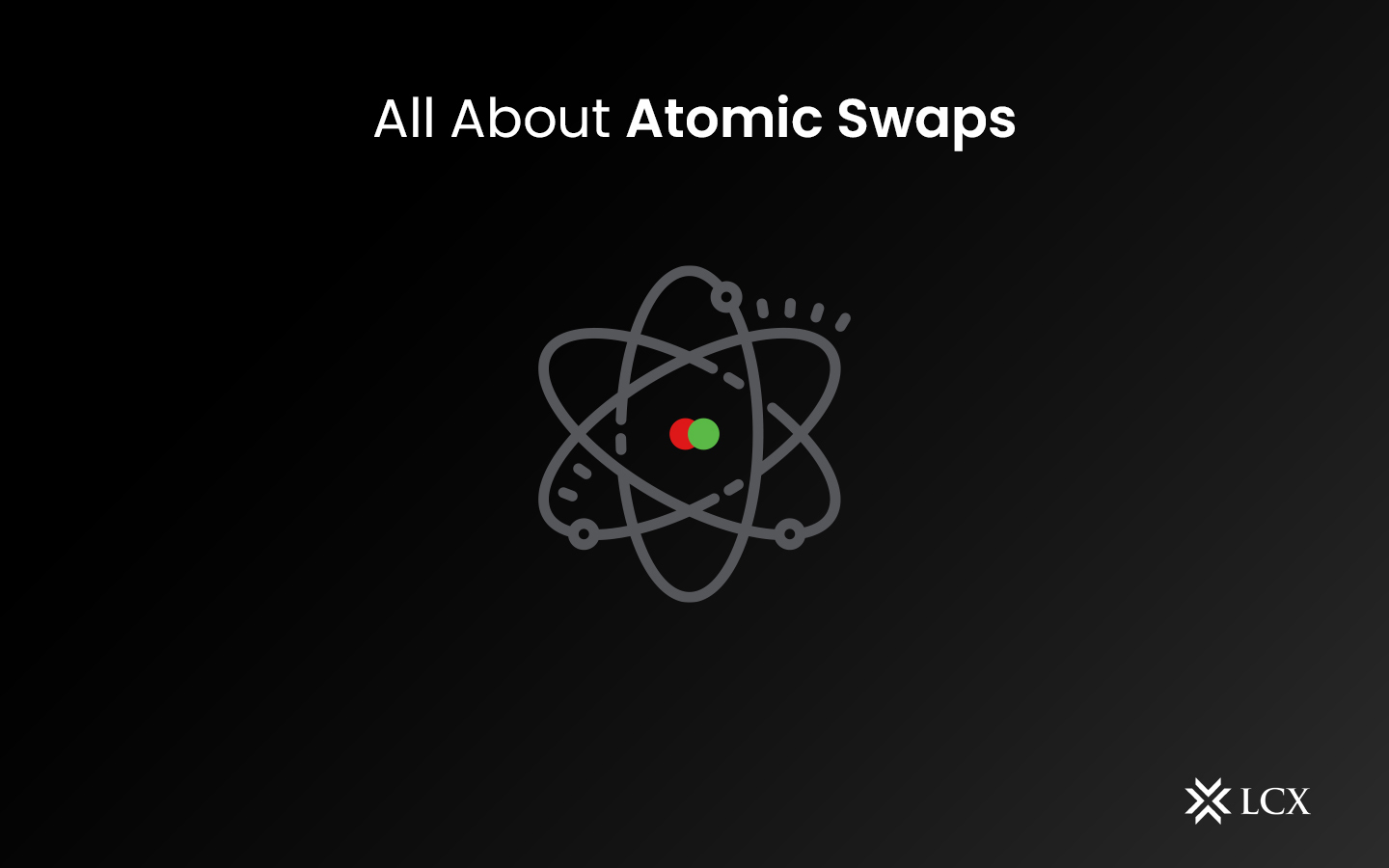Decentralized finance is accelerating in the financial world at a high rate. Today, we have so many decentralized assets such as DeFi Wallet, tokens, and exchanges. Atomic swaps are considered the next big step towards decentralization.
What Are Atomic Swaps?
Atomic swaps are self-enforcing, automated crypto exchange contracts. They allow peer-to-peer trading of cryptocurrencies without the need for intermediaries or third parties.
How Is It Developed?
Tier Nolan introduced the idea of atomic swaps in 2013 when he introduced peer-to-peer swaps without the need for any third-party. Charlie Lie became successful in giving life to the idea of atomic swaps in 2017 when he told the world how he traded LTC/BTC over a cross-chain atomic swap on a social media platform called Twitter. Since then, many individuals and even organizations have been using this technology for trading.
Why Do We Need Atomic Swaps?
Atomic swaps have the potential to change the way crypto has been exchanged in the community for so long. Crypto exchange platforms often do not allow their users to have complete control over their wallets. Thus, users are dependent on these platforms for the security of their assets. Atomic swaps solve such issues and provide traders more flexibility at much lower costs.
How Does It Work?
HTCL-Hash Timelock Contract Technology is used in atomic swaps. It is basically a smart contract that locks your transaction and needs verification from both parties to complete the transaction.
It has two main security features:
- Timelock: Under this mechanism, the transaction has to occur in a given timeframe and the funds are returned to the depositor if not completed. A transaction is secured through a time constraint.
- Hashlock: A special key is used here to lock the contract, and only the depositor has access to the key.
Advantages Of Atomic Swaps
- More secure: The timelock and hashlock technology used in atomic swaps assure the investors about the security of their transactions.
- Decentralized: Crypto industry has always been advocating for decentralization and a DeFi world. The atomic swap is one step forward for this world.
- Increased altcoin trading facilities: Many exchange platforms restrict a large number of altcoins from trading on their platforms. Atomic swap addresses this problem too by allowing almost all the altcoins to be traded through it.
- Peer-to-peer trading with lower costs: Atomic swaps reduce the transaction fees and operational costs by eliminating the need for any third-party.
Disadvantages Of Atomic Swaps
- Privacy issues: Atomic swap transactions take longer time to execute, thus the transactions are active on the blockchain for long periods of time, providing hackers with more time to exploit the vulnerabilities of the network.
- Complexity: As atomic swaps offer more security, they also come with more conditions as compared to traditional exchange platforms. They require the parties to interact with each other without any direct communication.
- Lack of centralized platform: Although atomic swaps come with lots of advantages, they lack the convenience of trading provided by the exchange platforms, especially in the case of exchanging fiat currency with crypto, as it is not offered by atomic swaps.
Conclusion
Atomic swaps do have huge potential, but they are only found successful on a prototype system with less user-friendliness. It requires users to have basic coding knowledge, and its concept is quite limited in its current state. Thus, it still has a long way to go for mass adoption.









